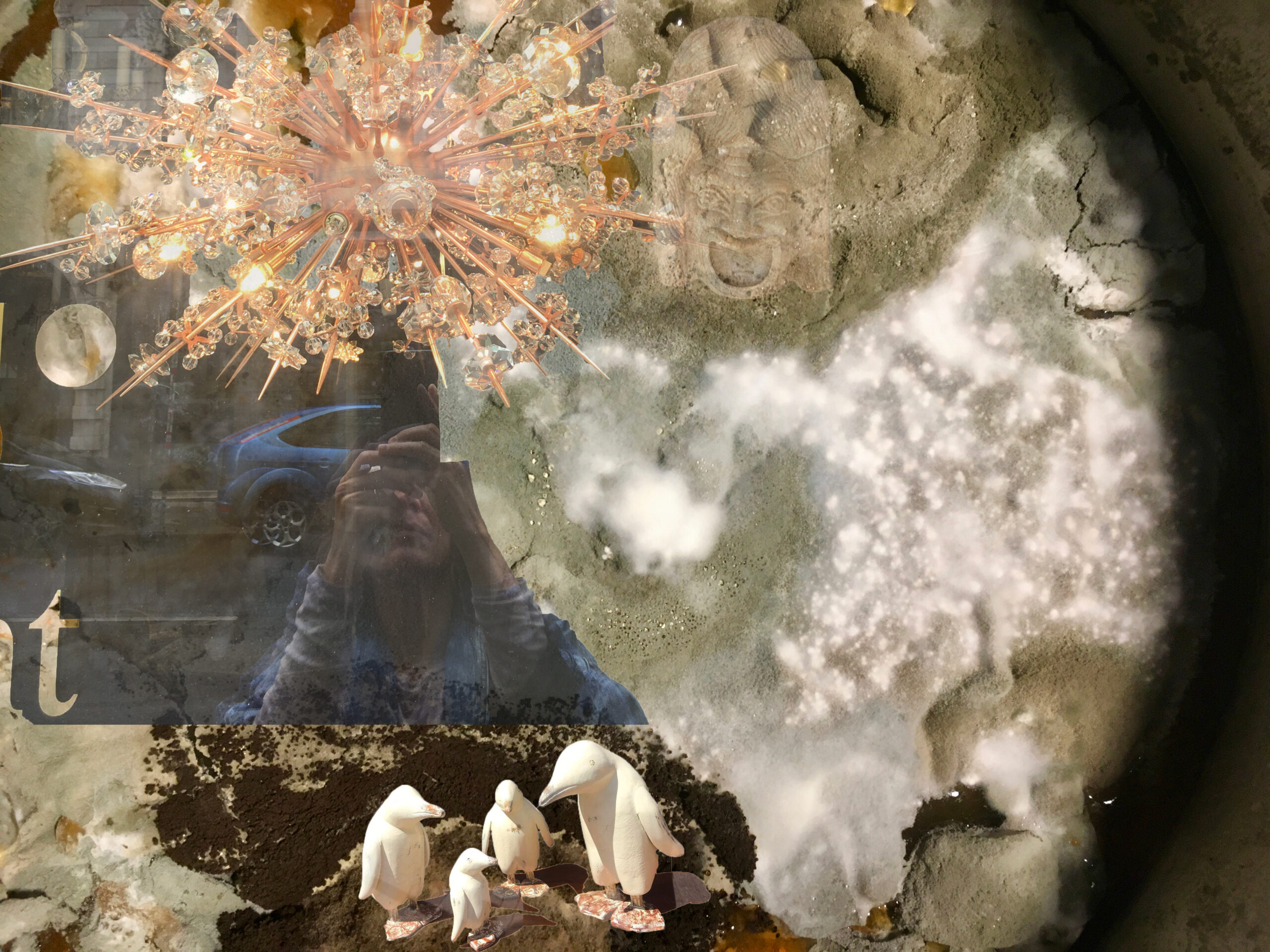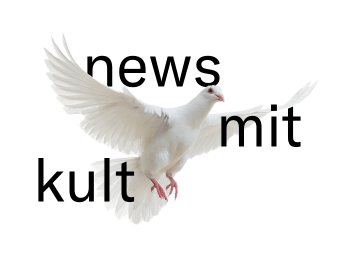“TWO ADOLESCENT GIRLS GO for a hike. They are away from home, at summer camp, and they have left the main group of campers to wander up a rocky hillside thick with trees. The girls are extremely close, as young girls often are; their thoughts and feelings and bodies are all wound up with each other’s. As they’re walking, one of the girls steps off the main path to pee behind a tree. A minute later, her friend hears a strange shout. She runs into the brush, but no one is there. The girl is gone. Disappeared. All that’s left are trees.”
Dies ist die Prämisse einer Kurzgeschichte von Margaret Atwood aus dem Jahr 1990 mit dem Titel „Death by Landscape“. Atwoods Geschichte wird aus der Perspektive der überlebenden Frau erzählt, Jahrzehnte später. Ihr Freund ist nie wieder aufgetaucht, und der Verlust hat die Erzählerin ihr ganzes Leben lang gequält. Inzwischen hat sie eine Obsession für Landschaftsbilder von Wäldern entwickelt. Sie sammelt sie und bedeckt die Wände ihrer Wohnung mit ihnen. Als sie eines Abends die Bilder in ihrem Zimmer betrachtet, bemerkt sie, dass sie sich an der Wand „nach innen zu öffnen scheinen, nicht wie Fenster, sondern wie Türen“. Und manchmal, nachdem sie ein Bild mehrere Stunden lang betrachtet hat, glaubt sie, ihre verlorene Freundin auf dem Bild zu erblicken – nicht wie sie war, in menschlicher Gestalt oder zwischen den Bäumen versteckt, sondern als Baum. Sie gibt zu, dass sie glaubt, der Hang habe am Tag des Verschwindens einen neuen Baum bekommen. Wenn man die Schlussfolgerung der Erzählerin für bare Münze nimmt, ist der Tod, der im Mittelpunkt von „Tod durch Landschaft“ steht, gar kein Tod. Es ist ein Übergang, eine doppelte Verwandlung von Mädchen und Baum. Die Figur wird Teil der Landschaft, und so wird die Landschaft zu einer Art Figur. Indem Atwood ihre alternde Erzählerin in einem Raum voller Landschaften ansiedelt, präsentiert sie den Übergang zwischen Mensch und Pflanze als eine Art optischen Trick. In dieser Wahrnehmungslücke verschmelzen Figur und Landschaft oder drehen sich um.
Wie der Erzähler sagt: „Es gibt in diesen Bildern keine Hintergründe, keine Ausblicke, nur eine Menge Vordergrund, der immer wieder zurückgeht, endlos, und der einen in seine Windungen aus Bäumen, Ästen und Felsen verwickelt.“ Das Wort Landschaft wird normalerweise verwendet, um das Passive, das Unbewegliche, das Natürliche zu beschreiben – die Pflanzen-, Tier- und Mineralienwelt, die eine Kulisse für einen menschlichen Akteur bildet. Aber hier führt die plötzliche Abwesenheit eines menschlichen Akteurs zu einer plötzlichen Präsenz: die Präsenz der Landschaft, die Präsenz der Pflanzen.“
Han-Gyeol, Paul und Alix haben ihre Bemühungen und ihr Handwerk mit Landschaften und deren Fehlen verknüpft und einen Tanz als Beschwörung präsentiert, eine langsame tägliche ethnografische Praxis, die auf der Klaviertastatur auf Zehenspitzen geht und deren Tasten durch die kombinierten Technologien von Han-Gyeol Lie und Paul Kotal umrundeten: ein Konzert für das Salzkamergut.
Wie lassen sich Formen der Loslösung von (allen) Dingen einüben, die in unseren alltäglichen Formen des Tanzens und Choreografierens, Arbeitens und Bastelns immer wieder Zyklen von Gewalt, Unterdrückung und Erschöpfung hervorrufen?
Während die Tatsache, dass Tanz ein Experimentierfeld ist, in dem man akute Kritik an den aktuellen Existenzbedingungen üben kann (Lepecki, 2016), greifbar wurde, wurde auch die Erkenntnis greifbar, dass jede Übung, jede Bewegung, jeder Satz von Bewegungen symptomatisch für – mindestens – eine Ideologie ist.














